-
 Bitcoin
Bitcoin $116400
-1.69% -
 Ethereum
Ethereum $3731
2.87% -
 XRP
XRP $3.119
-1.00% -
 Tether USDt
Tether USDt $1.000
-0.04% -
 BNB
BNB $774.0
1.01% -
 Solana
Solana $181.0
-2.25% -
 USDC
USDC $1.000
0.02% -
 Dogecoin
Dogecoin $0.2314
-2.16% -
 TRON
TRON $0.3145
1.76% -
 Cardano
Cardano $0.8087
0.22% -
 Hyperliquid
Hyperliquid $43.01
0.68% -
 Stellar
Stellar $0.4247
-0.93% -
 Sui
Sui $3.758
1.42% -
 Chainlink
Chainlink $18.30
1.99% -
 Bitcoin Cash
Bitcoin Cash $551.4
5.66% -
 Hedera
Hedera $0.2482
3.08% -
 Avalanche
Avalanche $23.70
0.18% -
 Litecoin
Litecoin $115.1
2.44% -
 UNUS SED LEO
UNUS SED LEO $8.972
-0.36% -
 Shiba Inu
Shiba Inu $0.00001370
0.73% -
 Toncoin
Toncoin $3.146
0.74% -
 Ethena USDe
Ethena USDe $1.001
-0.03% -
 Uniswap
Uniswap $10.49
3.95% -
 Polkadot
Polkadot $4.044
1.42% -
 Monero
Monero $328.9
2.43% -
 Dai
Dai $0.9998
-0.03% -
 Bitget Token
Bitget Token $4.510
-1.10% -
 Pepe
Pepe $0.00001231
-1.68% -
 Aave
Aave $293.4
2.16% -
 Cronos
Cronos $0.1294
2.89%
How to capture the opportunity of adding positions of 60-minute moving average long arrangement + 30-minute shrinking volume retracement?
The 60-minute EMA stack signals bullish momentum, while a 30-minute shrinking volume retracement indicates temporary pullback—combine both for high-probability long entries with tight stop-loss and strategic take-profit levels.
Jul 24, 2025 at 04:49 am
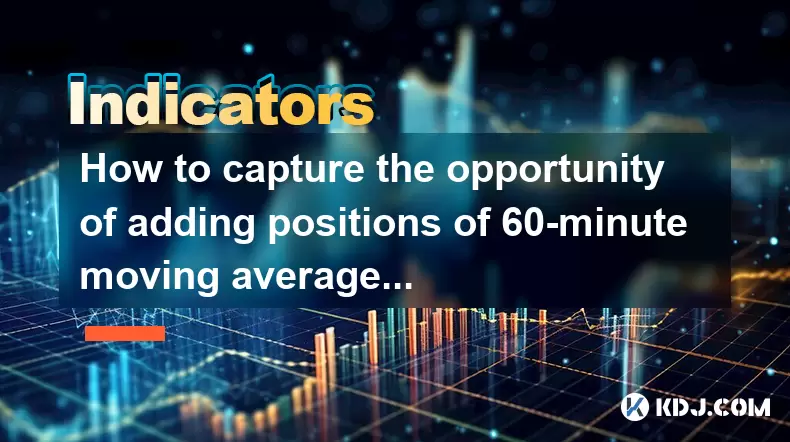
Understanding the 60-Minute Moving Average Long Arrangement
The 60-minute moving average long arrangement refers to a technical configuration where multiple moving averages on the 60-minute chart align in an upward-sloping sequence, typically involving the 5-period, 10-period, and 20-period exponential moving averages (EMAs). This alignment signals a strong bullish momentum in the short-to-medium term. When the shorter-period EMA crosses above the longer-period EMA and remains above it, forming a "stacked" pattern, it indicates that buying pressure is consistently dominating.
Traders use this setup to identify potential long entry zones, especially when price remains above the 20-period EMA. The significance increases when this arrangement appears after a prolonged consolidation or downtrend, suggesting a reversal or continuation of an uptrend. It's essential to confirm the arrangement by checking that the 5 EMA > 10 EMA > 20 EMA, all trending upward, with price trading above them. This structure reduces the likelihood of false breakouts and increases confidence in trend sustainability.
Recognizing the 30-Minute Shrinking Volume Retracement
A shrinking volume retracement on the 30-minute chart occurs when price pulls back slightly from a recent high, but the trading volume during this pullback decreases significantly compared to the volume seen during the preceding upward move. This decline in volume indicates weakening selling pressure and suggests that the retracement is likely temporary rather than a reversal.
To identify this pattern, traders should:
- Observe a clear upward move on the 30-minute chart with strong volume.
- Notice a price pullback (typically 1–3 candles) where the candles are smaller in range.
- Confirm that volume bars are visibly lower than those during the rally.
- Ensure that the pullback does not break below key support levels or the 60-minute EMA stack.
This combination suggests that institutional or smart money is not actively selling, and the dip is being used by buyers to accumulate positions at better prices. The shrinking volume acts as a filter to distinguish between healthy corrections and potential trend reversals.
Combining the Two Signals for Entry Precision
The real power of this strategy lies in the confluence of the 60-minute bullish EMA arrangement and the 30-minute volume-based retracement. When both conditions are met, the probability of a successful long trade increases significantly.
To execute this setup:
- Monitor the 60-minute chart to ensure the EMA stack is intact and price is above the 20 EMA.
- Switch to the 30-minute chart to wait for a retracement after a bullish impulse.
- Confirm that the retracement candles show diminishing volume.
- Look for bullish candlestick patterns such as a hammer, bullish engulfing, or a doji near support during the retracement.
- Enter a long position when the next candle breaks the high of the last retracement candle with rising volume.
Using a limit order just above the retracement candle’s high can help secure entry at optimal levels. This method avoids chasing price while ensuring confirmation of momentum resumption.
Setting Stop-Loss and Take-Profit Levels
Risk management is critical when trading this setup. The stop-loss should be placed below the lowest point of the 30-minute retracement candle or, more conservatively, below the 60-minute 20 EMA. This placement ensures that if the EMA stack is broken, the trade is exited before a potential trend reversal gains momentum.
For take-profit levels:
- The first target can be set at the most recent swing high on the 30-minute chart.
- A second target may align with a Fibonacci extension level (e.g., 1.618) from the retracement move.
- Alternatively, use a trailing stop based on the 30-minute EMA or ATR (Average True Range) to capture extended momentum.
Position sizing should ensure that the risk per trade does not exceed 1–2% of the trading account. For example, if the distance between entry and stop-loss is $0.10 on a cryptocurrency priced at $10, and the account size is $10,000, the position size should be calculated so that a $0.10 loss equals no more than $100–$200.
Backtesting and Validation on Historical Data
Before deploying capital, traders should backtest this strategy across multiple cryptocurrency pairs such as BTC/USDT, ETH/USDT, and mid-cap altcoins. Use historical 30-minute and 60-minute candle data from the past 6–12 months.
Steps for backtesting:
- Identify all instances where the 60-minute EMA stack was in bullish order.
- Filter for retracements on the 30-minute chart with volume contraction.
- Record the entry, stop-loss, and exit points for each trade.
- Calculate win rate, average gain/loss, and risk-reward ratio.
- Adjust parameters such as EMA periods or volume thresholds if necessary.
Platforms like TradingView allow scripting with Pine Script to automate this scan. For example, a script can highlight when the 5 EMA > 10 EMA > 20 EMA on the 60-minute chart and volume drops by more than 40% on the 30-minute retracement candle.
Common Pitfalls and How to Avoid Them
One major risk is false EMA arrangements during sideways markets. In ranging conditions, EMAs may briefly align but lack sustained momentum. To avoid this, require that the 60-minute price has broken above a key resistance level before considering the EMA stack valid.
Another issue is volume misinterpretation. Low volume during a retracement in a low-liquidity altcoin may not carry the same significance as in a high-volume pair. Always compare volume to the asset’s average volume over the past 20 candles.
Overtrading can also erode gains. Not every retracement in a bullish EMA environment qualifies—only those with clear volume shrinkage and structural support should be traded. Patience and discipline are essential.
Frequently Asked Questions
What if the volume doesn’t shrink significantly during the retracement?
If volume remains high or increases during the pullback, it suggests strong selling pressure. This contradicts the accumulation hypothesis, and the trade should be avoided. High volume on down moves indicates distribution, not consolidation.
Can this strategy be applied to lower timeframes like 15-minute or 5-minute charts?
While possible, the signal quality degrades on lower timeframes due to increased noise and whipsaw. The 30-minute and 60-minute combination provides a better balance between signal reliability and timely entries. Lower timeframes may generate false signals more frequently.
How do I confirm the EMA stack is still valid during volatile price swings?
Check that all EMAs remain in ascending order and that price does not close below the 20-period EMA on the 60-minute chart. A single wick below is acceptable if the candle closes above, but a full close below invalidates the setup until the stack re-forms.
Should I use additional indicators like RSI or MACD to confirm the setup?
While not required, adding RSI (14-period) can help. Look for RSI to remain above 50 during the retracement, indicating bullish momentum is not lost. MACD should stay above the zero line and avoid bearish crossovers. These act as secondary filters, not primary signals.
Disclaimer:info@kdj.com
The information provided is not trading advice. kdj.com does not assume any responsibility for any investments made based on the information provided in this article. Cryptocurrencies are highly volatile and it is highly recommended that you invest with caution after thorough research!
If you believe that the content used on this website infringes your copyright, please contact us immediately (info@kdj.com) and we will delete it promptly.
- Pump, Bonk, Buyback: A Wild Ride in Crypto Town!
- 2025-07-25 19:10:12
- Punisher Coin, Dogecoin, Shiba Inu: Meme Coin Mania in the 2025 Crypto Landscape
- 2025-07-25 19:10:12
- Celestia's Token Control: Buyback & Staking Overhaul in Focus
- 2025-07-25 19:50:11
- Altcoins, Bitcoin, and Crypto Coins: What's Hot in the NYC Crypto Scene?
- 2025-07-25 19:55:52
- Litecoin Price Breakout Imminent? Rally Potential Explored!
- 2025-07-25 17:30:12
- Ether ETFs Surge, Bitcoin Wobbles: Is an ETH Breakout Imminent?
- 2025-07-25 16:50:12
Related knowledge

How to interpret that the KDJ D line is downward for a long time but the price is sideways?
Jul 25,2025 at 07:00pm
Understanding the KDJ Indicator and Its ComponentsThe KDJ indicator is a momentum oscillator widely used in cryptocurrency trading to assess overbough...

What does it mean that the KDJ indicator forms a double bottom at a low level?
Jul 25,2025 at 05:08pm
Understanding the KDJ Indicator in Cryptocurrency TradingThe KDJ indicator is a momentum oscillator widely used in cryptocurrency trading to identify ...
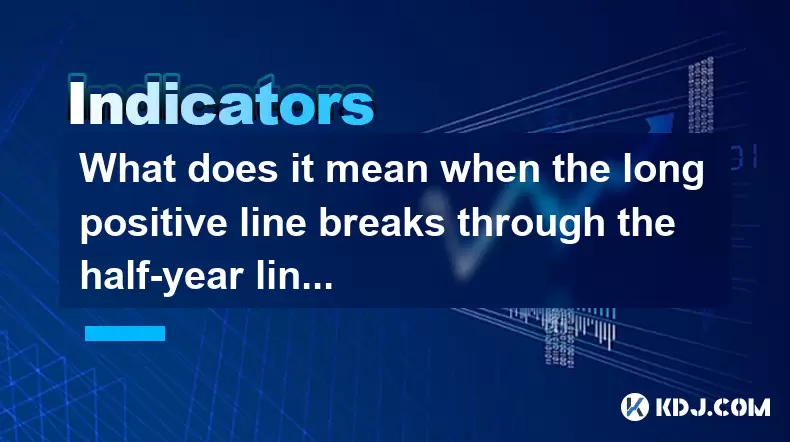
What does it mean when the long positive line breaks through the half-year line and then steps back?
Jul 25,2025 at 06:49pm
Understanding the Long Positive Line in Candlestick ChartsIn the world of cryptocurrency trading, candlestick patterns play a vital role in technical ...
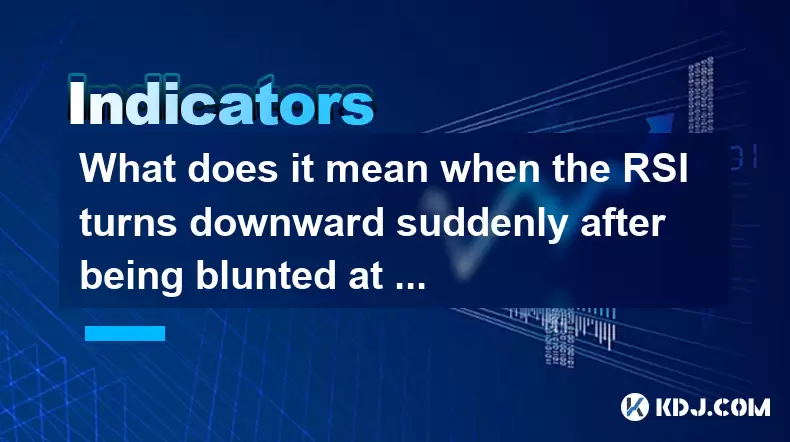
What does it mean when the RSI turns downward suddenly after being blunted at a high level?
Jul 25,2025 at 04:00pm
Understanding the RSI and Its Role in Technical AnalysisThe Relative Strength Index (RSI) is a momentum oscillator that measures the speed and change ...
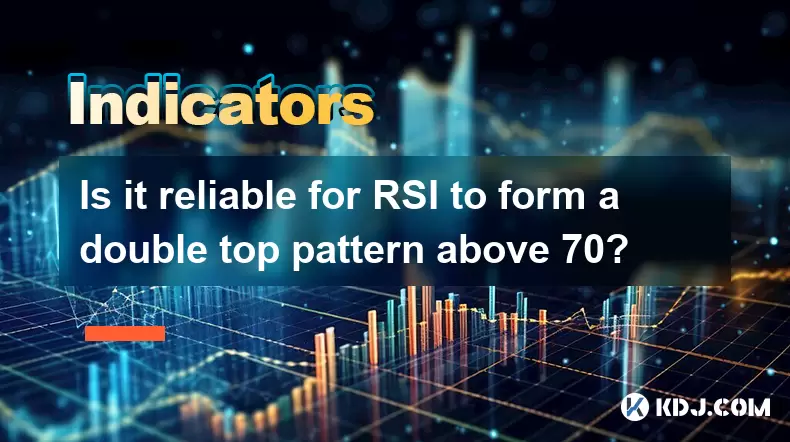
Is it reliable for RSI to form a double top pattern above 70?
Jul 25,2025 at 04:49pm
Understanding the RSI Indicator and Its Role in Technical AnalysisThe Relative Strength Index (RSI) is a momentum oscillator that measures the speed a...
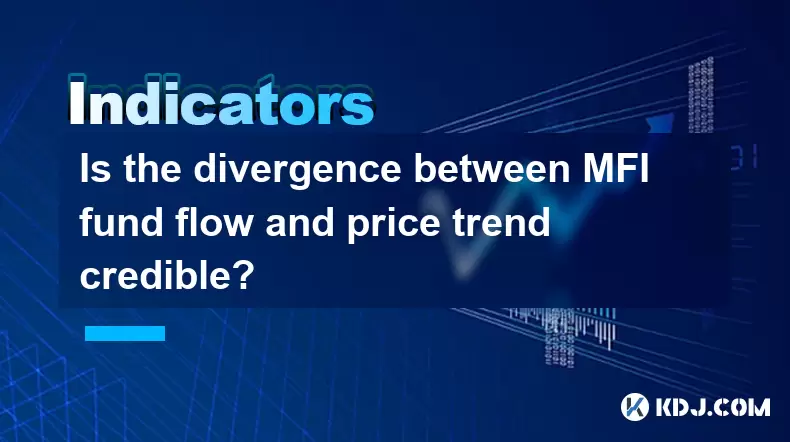
Is the divergence between MFI fund flow and price trend credible?
Jul 25,2025 at 12:01pm
Understanding MFI and Fund Flow in Cryptocurrency MarketsThe Money Flow Index (MFI) is a technical oscillator that combines price and volume to assess...

How to interpret that the KDJ D line is downward for a long time but the price is sideways?
Jul 25,2025 at 07:00pm
Understanding the KDJ Indicator and Its ComponentsThe KDJ indicator is a momentum oscillator widely used in cryptocurrency trading to assess overbough...

What does it mean that the KDJ indicator forms a double bottom at a low level?
Jul 25,2025 at 05:08pm
Understanding the KDJ Indicator in Cryptocurrency TradingThe KDJ indicator is a momentum oscillator widely used in cryptocurrency trading to identify ...

What does it mean when the long positive line breaks through the half-year line and then steps back?
Jul 25,2025 at 06:49pm
Understanding the Long Positive Line in Candlestick ChartsIn the world of cryptocurrency trading, candlestick patterns play a vital role in technical ...

What does it mean when the RSI turns downward suddenly after being blunted at a high level?
Jul 25,2025 at 04:00pm
Understanding the RSI and Its Role in Technical AnalysisThe Relative Strength Index (RSI) is a momentum oscillator that measures the speed and change ...

Is it reliable for RSI to form a double top pattern above 70?
Jul 25,2025 at 04:49pm
Understanding the RSI Indicator and Its Role in Technical AnalysisThe Relative Strength Index (RSI) is a momentum oscillator that measures the speed a...

Is the divergence between MFI fund flow and price trend credible?
Jul 25,2025 at 12:01pm
Understanding MFI and Fund Flow in Cryptocurrency MarketsThe Money Flow Index (MFI) is a technical oscillator that combines price and volume to assess...
See all articles

























































































